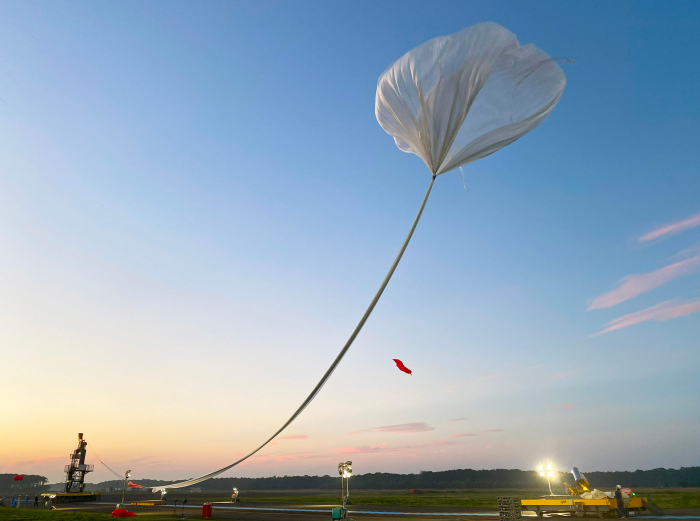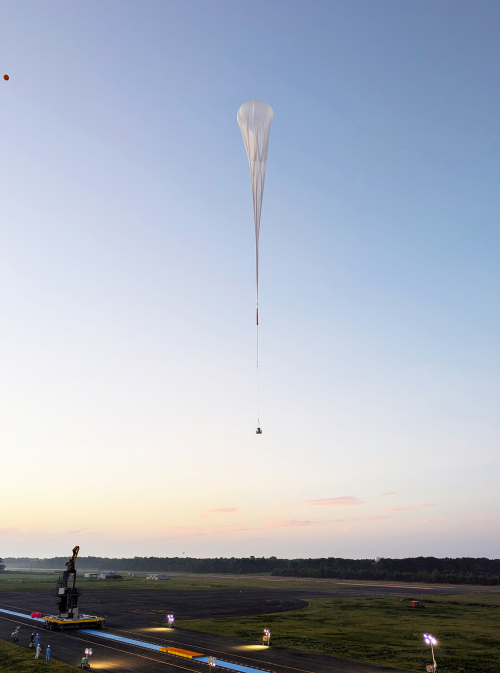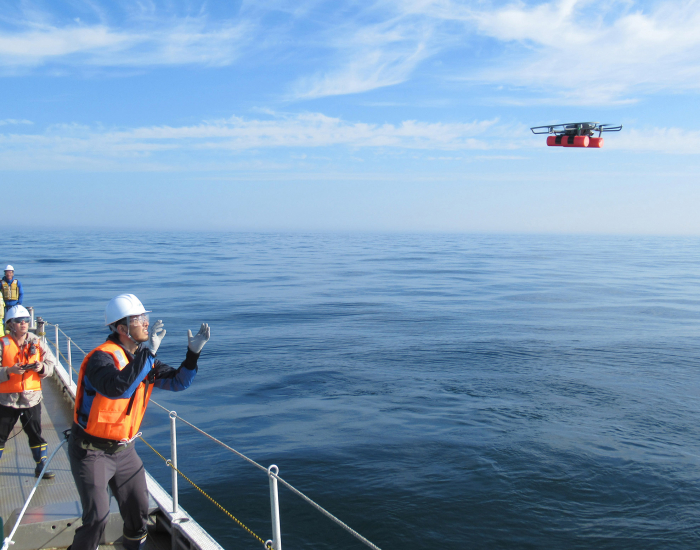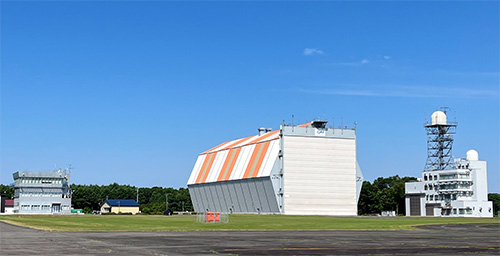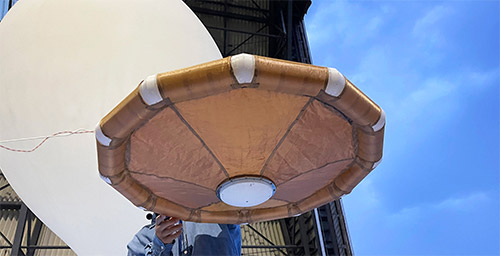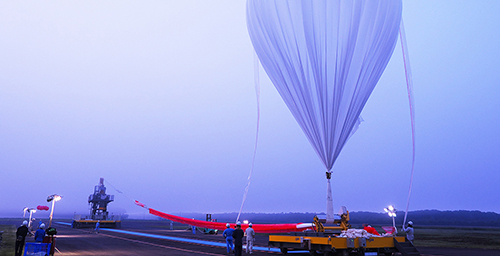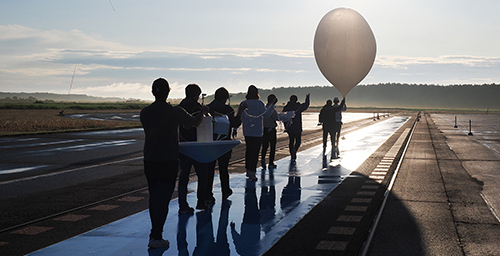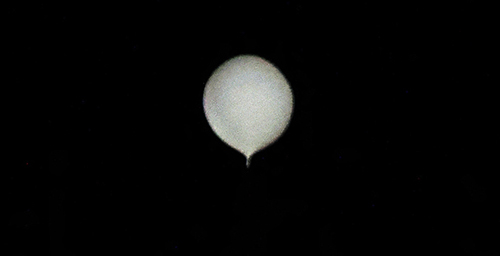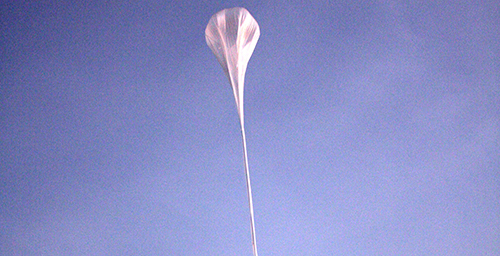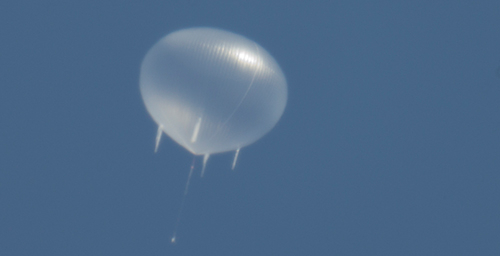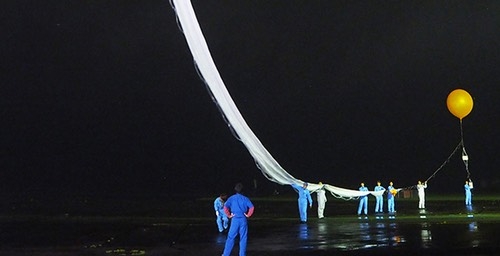The Japan Aerospace Exploration Agency (JAXA) conducted the scientific balloon flight B25-01, as part of the 2025 scientific balloon campaign, at the Taiki Aerospace Research Field. The balloon was launched on 8 July 2025, at 3:41JST for the purpose of testing the performance of an improved cryogenic air sampler. The balloon had a fully inflated volume of 100,000 m3 (diameter 63 m) and ascended at a rate of approximately 250 m per minute.
2 hours and 21 minutes after launch, the balloon reached its floating altitude of 35 km over the Pacific Ocean, approximately 50 km east-southeast from the Taiki Aerospace Research Field. At 6:31 JST, the balloon and the onboard equipment were separated by tele-command and slowly descended onto the sea, landing approximately 40 km south-east from the Taiki Aerospace Research Field, where they were recovered by recovery boats at 7:13 JST.
Regarding the verification experiment of an improved cryogenic air sampler, further research will now be conducted through the thorough analysis of the data obtained in this flight.
At the time of launch, the ground weather conditions were: weather: sunny, wind speed: 1 m/s, and temperature: 21 degrees Celsius.
※ Research overview
The balloon-borne cryogenic air sampling experiment has been conducted to collect a large amount of stratospheric air samples for determining mixing ratios and isotope ratios of various gas components. The temporal and vertical distributions of stratospheric gases obtained by the experiments promote a wide range of research on atmospheric physical and chemical processes in the stratosphere. Since 1985, cryogenic sampling experiments have been conducted 25 times in Japan, four times in the Antarctic, and twice each in the Arctic and equatorial regions. In this research, long-term monitoring of atmospheric components is crucial, so it is necessary to maintain high reliability of observation equipment over a long period, with advancing technical capabilities to reduce human and economical costs. In particular, a cryogenic sampler using liquid helium that has been in use for an extended period requires refurbishment for key components such as circuit boards and motor-driven valves. This flight aims to verify the performance of an improved cryogenic sampler equipped with newly developed components through actual stratospheric air sampling.
Standing-up of the balloon B25-01. (credit: JAXA)
The balloon B25-01 just after its launch. (credit: JAXA)
Drones will help the post-flight recovery operation of the balloon system on the sea. (credit: JAXA)

